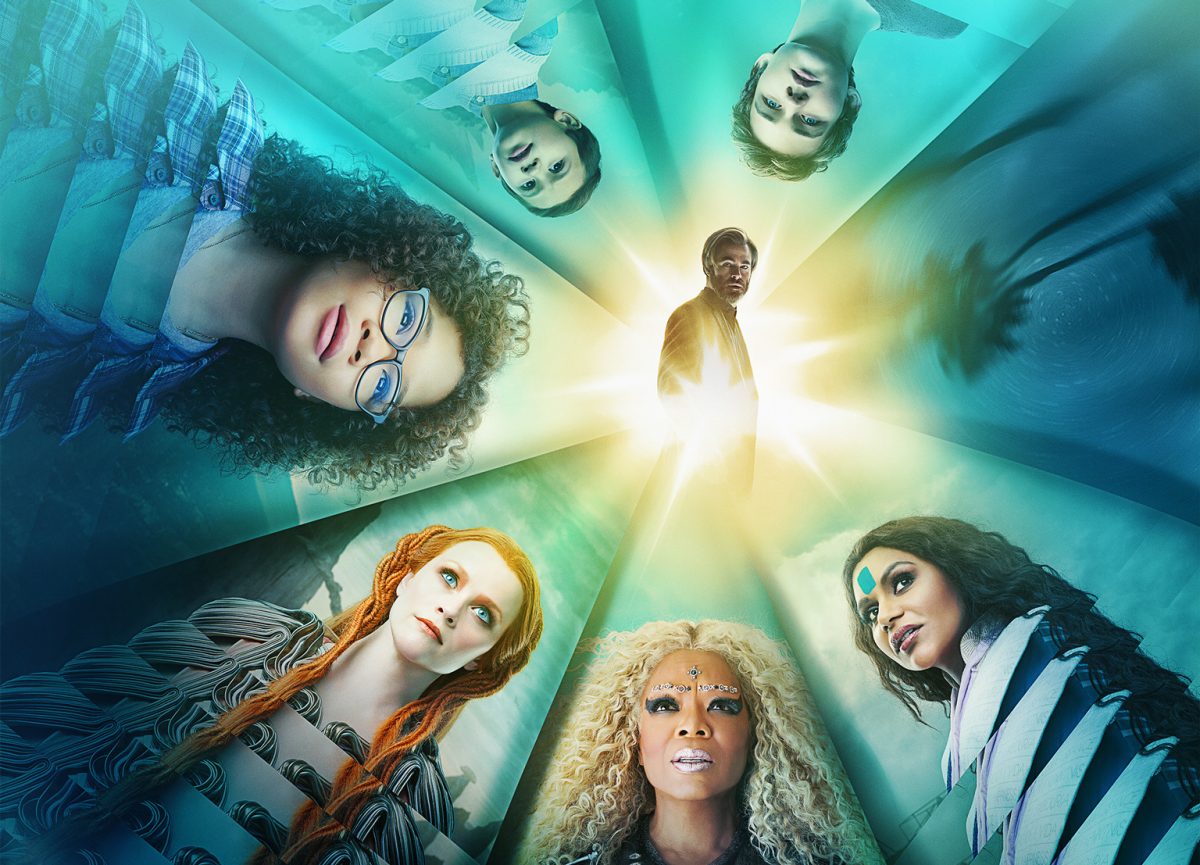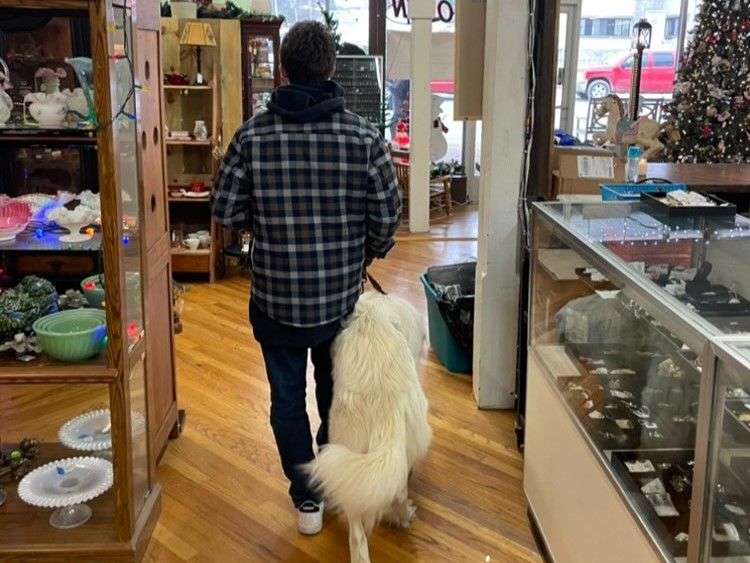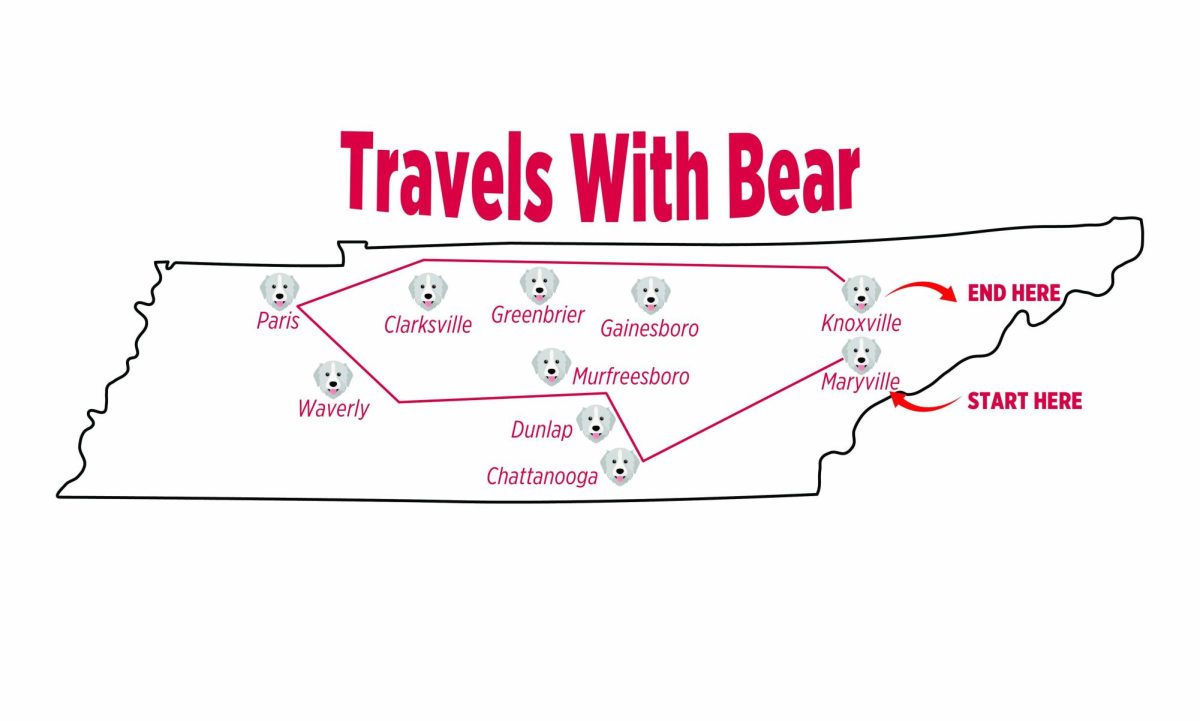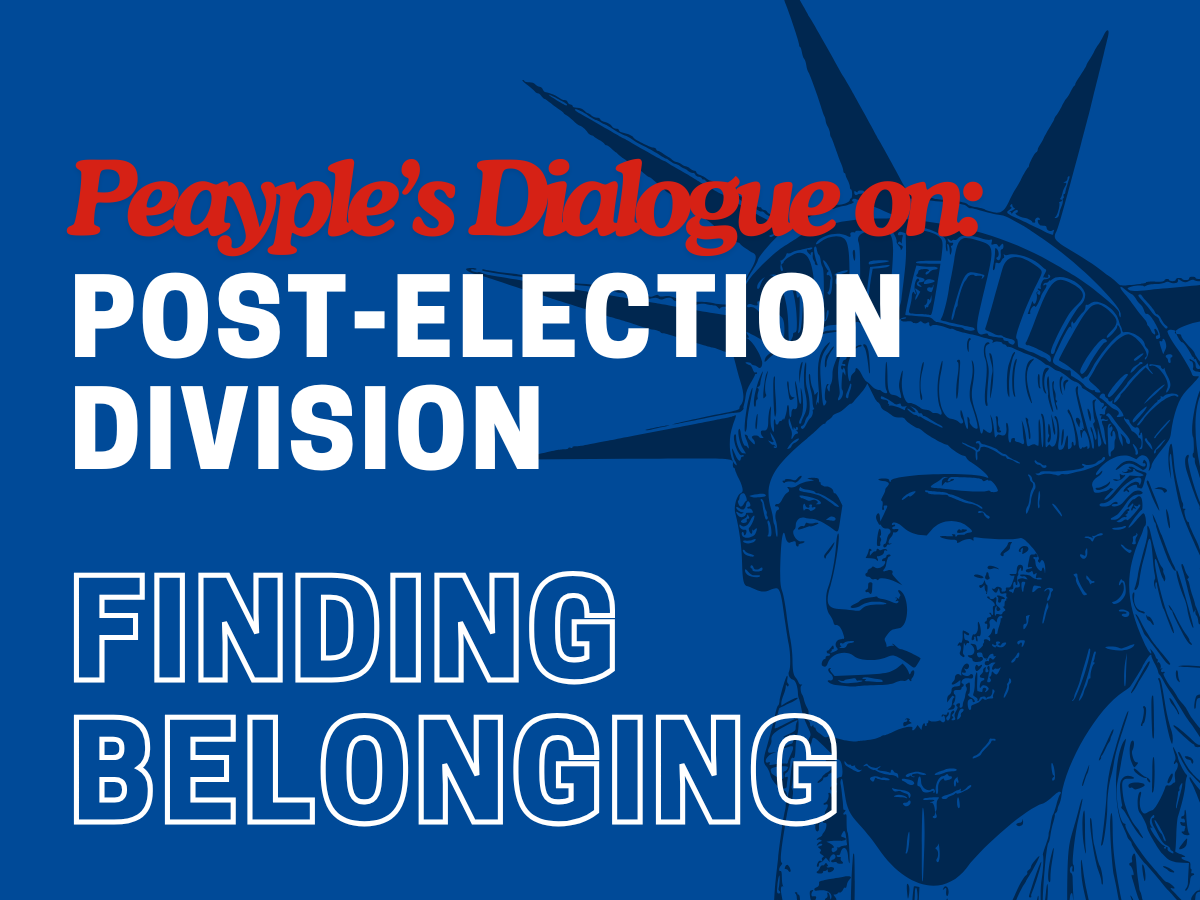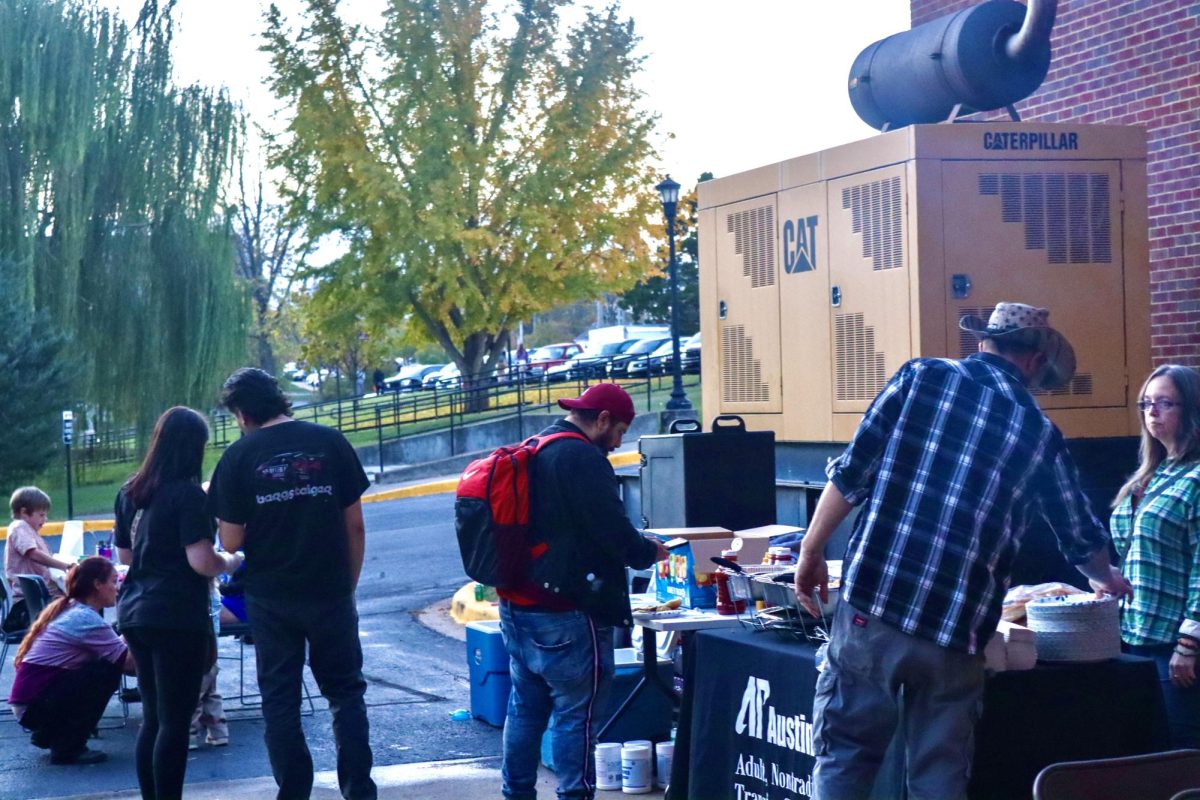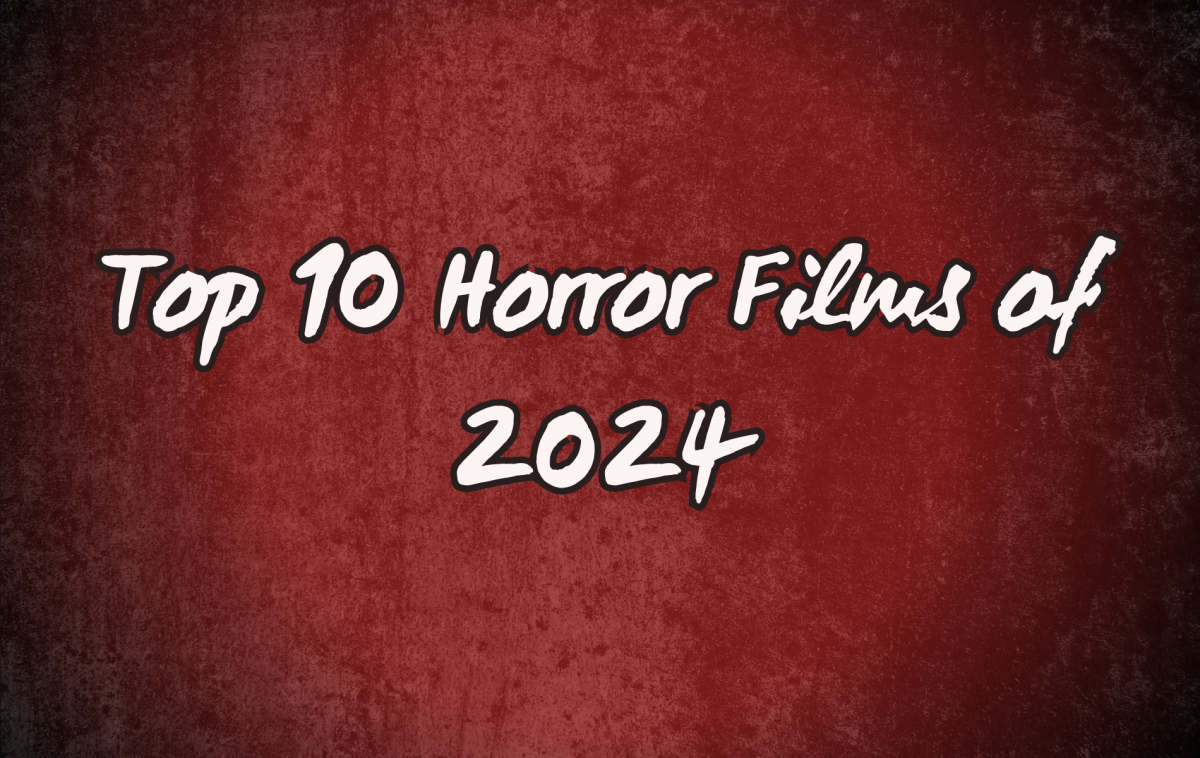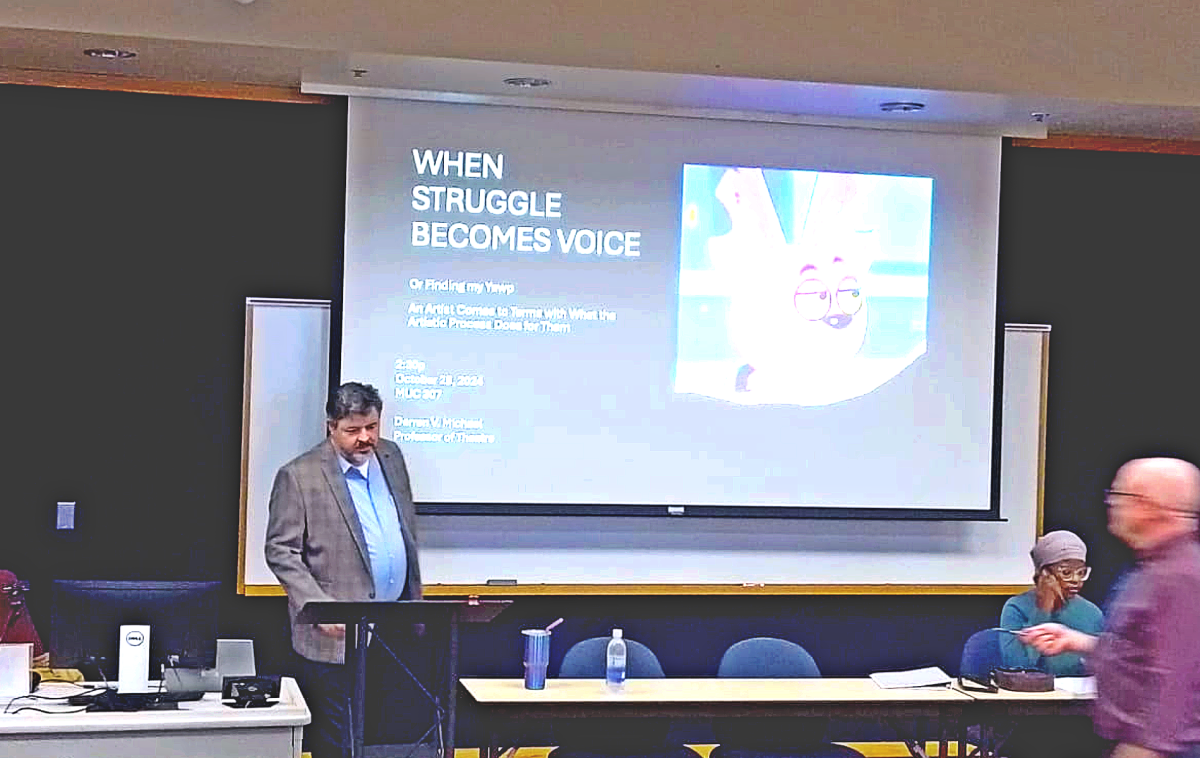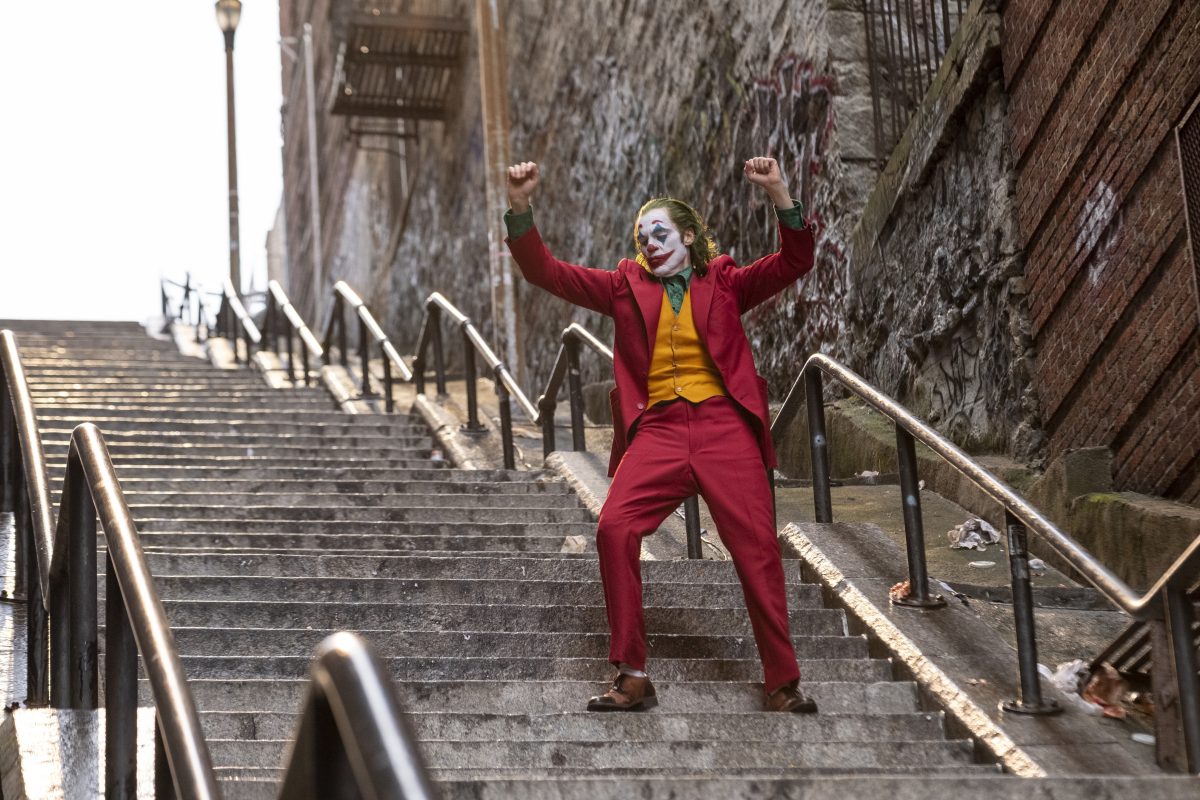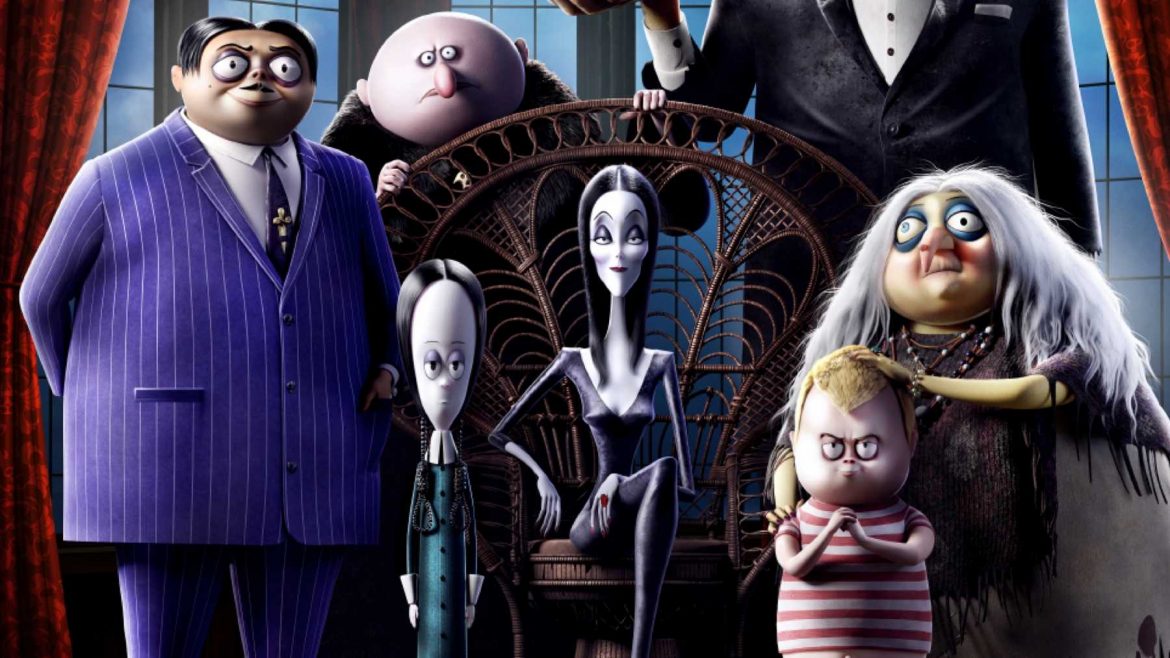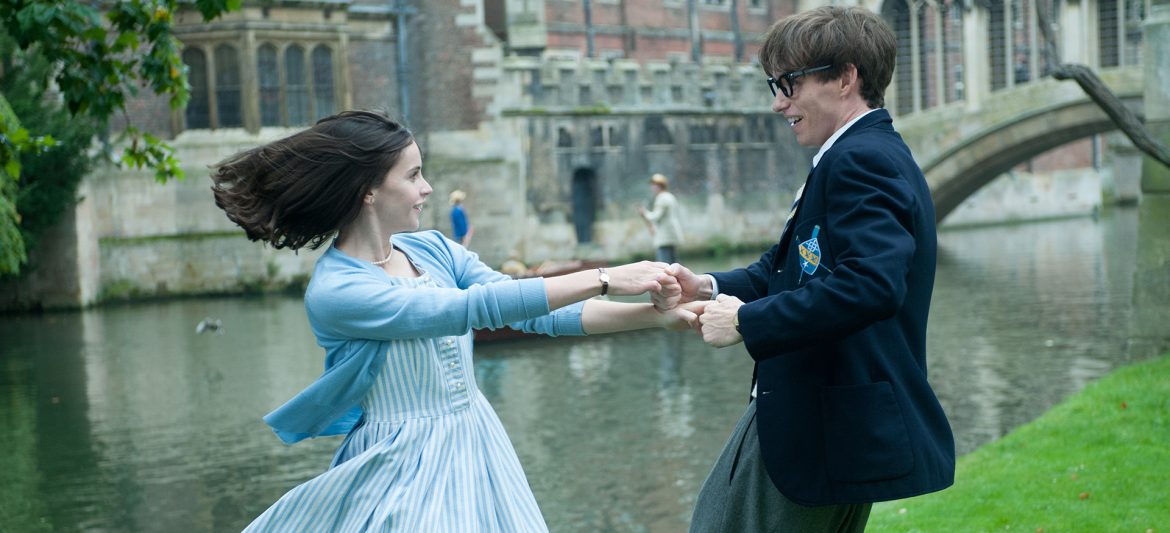“A Wrinkle in Time” is a science fantasy adventure film, directed by Ava DuVernay and based on the 1962 novel by Madeleine L’Engle. Four years after the disappearance of her astrophysicist father, thirteen-year-old Meg Murry (played by Storm Reid) meets three astral travelers, Mrs. Whatsit (played by Reese Witherspoon), Mrs. Who (played by Mindy Kaling), and Mrs. Which (played by Oprah Winfrey). They tell her her father is trapped within the Camazotz, a planet possessed by a universal darkness that reflects the worst traits of humanity. With the help of her friend, Calvin, and her adoptive younger brother, Charles Wallace, Meg embarks on a journey to not only save her father and her world, but also to redeem her sense of self.
It should be noted the film deviates from the original novel. Instead of taking place in New England in the 1960s, the film takes place in modern-day California. The astral mistresses are portrayed as older figures in the novel whereas, in the film, they look relatively young in comparison to their literary counterparts. The most prominent change in the film is the removal of Christian symbolism in place of a more generic depiction of good versus evil. While fans of the book may be disappointed, it is oddly appropriate for a story based on nonconformity to refuse to conform to its source material.
This is by no means a perfect film. The film is heavily reliant on CGI, to the point where it could potentially inundate audiences. Also, the story can be hard to follow at times due to lapses in plot consistency. However, “A Wrinkle in Time” serves as a fitting Disney adaptation, because it emulates the charm of Disney’s first animated films. “A Wrinkle in Time” does not solve its conflict with logic, but rather with imagery and emotion.
Even if you are aware of its faults, it is so emotionally rich and resonant that you get sucked into the drama as opposed to trying to rationalize it.
Many reviews have brushed this off just because it is a children’s film or it focuses too much on its diverse aspects (particularly women of color, in this case). However, when DuVernay confirmed the film is not meant for cynics expecting a masterpiece, critics slammed her for this, implying she said no effort is required because it is a film for kids.
This “kid’s’ film” touches on issues such as self-worth, family, and the balance between light and dark. The fantastical elements and characters represent a genuine struggle to remain centered between sensitivity and self-love, as well as anger and judgment. The main character is a young black girl who is frequently bullied and conditioned to hate herself, and at one point, she finally admits to herself that she deserves to be loved. This is something many young girls, especially young black girls, are not told often enough by mainstream media.
This is what people mean when they say representation matters. It is not just about representing a single person out of the preconceived norm; it is about seeing different experiences and emotions normalized.
Not everything has to exist for intense male consumption and not every film has to be dark, gritty and cynical to be regarded as a good film. The more stories like this exist, the more others can empathize with stories unfamiliar to their own, and this film encapsulates that success. “A Wrinkle in Time” serves as a perfectly imperfect love letter to those with the heart of a child.

